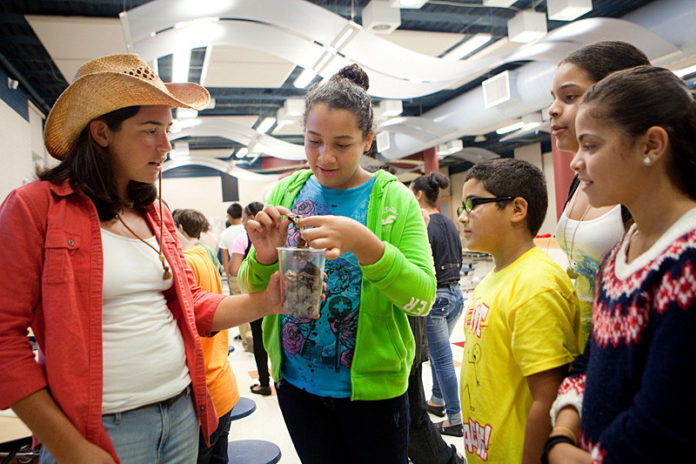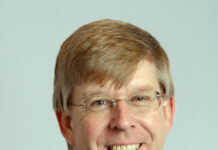
Innovation, for Providence After School Alliance, comprises the core of the organization and extends right through all aspects of the group. Its AfterZone Program, which may be the crown jewel in the educational offerings it helps oversee, just led the city to be named one of America’s Promise Alliance’s 100 Best Communities for Young People.
PASA’s newer program, started in 2007, The Hub, is an extension of the AfterZone, bringing the assets of the program to an older demographic. It offers high schoolers an after-school curriculum that includes video game development, environmental science and debate skills.
PASA is described by Executive Director Hilary Salmons as a “shadow district” for city after-school programs. She likens PASA’s relationship with the Providence schools to the relationship that the R.I. Airport Corporation has with Southwest Airlines.
“The airport doesn’t manage Southwest, but [the airline] needs the authority,” she said. PASA successfully backs schools’ after-school programs by being child-centric, offering professional development for teachers; setting up a unified schedule; organizing transportation and snacks; conducting program quality assessments; and providing feedback.
After-school programming talks began in 2003. “[Then-Mayor David N. Cicciline and other organizers] recommended there be a neutral intermediary, that’s when I was approached by the planning committee,” said Salmons. More than 100 team members from various city sectors helped formulate the business plan preceding PASA’s 2004 launch. Seed capital came from Bank of America, which donated $1 million, and The Wallace Foundation, which made a $6 million investment.
This primary focus – on the students – is what helped the public-private partnership thrive, said Salmons. All sides hadn’t worked together before. The schools that are part of the alliance were initially coming from a place of competition – for services, for funding. “But if you think of the students as customers, then you can bust through the barriers,” said Salmons.
In addition to a focus on the students, community ownership steers the successful venture, as well. The AfterZone, the afterschool program for middle schoolers in seven schools, for instance, is spread out across various local venues, which PASA calls site management facilities. Ten nonprofits and the Providence School District helped create the business plan for The Hub.
Fundraising in a way that doesn’t create competition with school districts it partners with is also handled in an innovative way. My PASA Su Casa, a program now in its second year, rents houses around Brown University to families coming in for graduation. Providence homeowners who donate use of their home get a tax deduction and the rental fee goes to support PASA operations. “This way we are not competing with [other nonprofits],” Salmons notes. •











